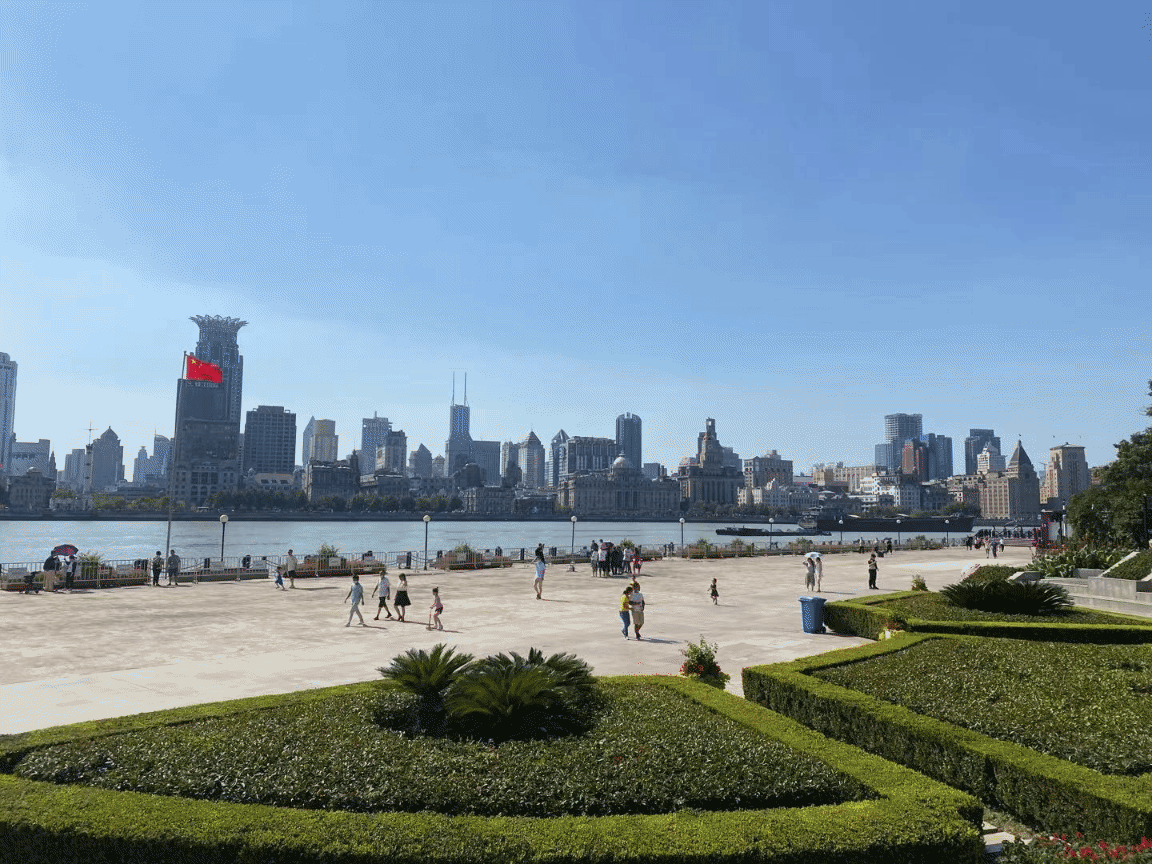
![]()
China’s National Holiday, starting from October 1st, celebrates the founding of the People’s Republic of China. The first seven days of October are known as “Golden Week” and are an opportunity for people to participate in leisure activities, travel and see family and friends. So what were the major trends during this year’s holiday celebration, and how did the Covid-19 pandemic impact this?
This year, the Chinese Government encouraged people to travel locally within their provinces to limit the spread of Covid-19. 77.6% of consumption was local, and cross provinces consumption weighed in at 22.4%, demonstrating people’s adherence to the Government’s advice. The total holiday consumption spend was up 29.5% and 51.6% compared to 2020 and 2019. The top 10 most consumed cities were Shanghai, Beijing, Shenzhen, Guangzhou, Chengdu, Chongqing, Hangzhou, Wuhan, Suzhou and Xi’an. The most significant growth in consumption among all Chinese cities was Wuhan, up 61.5% compared to 2020.
According to Alibaba’s recent report on Chinese national holiday consumption behavioural trends, the five key trends were:
1. De-urbanisation.
Inner province travelling was enabled heavily, and travel spend in bed&breakfast bookings were a lot more than hotels, up 560% compared to Sep. In particular, bookings for B&B generated by millennials were up 400% compared to September’s bookings. There was a specific trend from lower-tiered cities, where ecommerce consumption and lifestyle product spending was considerably high. The lower-tiered city spending on whiteware such as coffee mugs, air fryers, and electronic baking machines was up 50%, 20%, and 80%. Spending on wines and chocolates on Taote platform(Alibaba’s channel) was also 55x and 10x higher than last year.
2. Patriotic consumption:
Patriotic consumption or “red consumption” means consuming products that could represent nationalism. In terms of local travel, bookings for patriotic travel spots on Feizhu(Alibaba’s travel site) were up 80%. Changsha, Xiangtan,Nanchang, Zunyi, Yan’an, Jiaxing and Jing Gang Shan were among the top patriotic travel spots.
3. Guochao:
Guochao or Chinese fad is the popular term for made-in-China products. Products that contain elements such as lotus and phoenix are becoming best sellers in the gold accessory category. There is a trend among the 80s and 90s generation that buying gold accessories to pair with watches and bracelets is fashionable.
Chinese Sport fashion brands were also a popular consumed category by younger generations during the holiday. Intimes, a Chinese shopping mall brand, recently released statistics that the overall Chinese sports fashion category was up 15%, in which Huili was up 250%, Hongxingerke was up 85%, and Lining was up by 50%.
4. Cross-border e-commerce:
due to outbound travel limitations, cross-border cloud shopping has become a trend. GMV of Tmall global grew 50% during Oct 1-4 compared to 2020, and lower-tiered city consumption on Tmall global grew extensively. The central west regions’ GMV grew 40%, among all provinces, Guangxi, Jinagxi, Shanxi, Hunan, Anhui gained the most.
5. New consumption behaviours:
In terms of travel, travelling to long-distance destinations via self-driving modes has become popular. The Pearl River Delta are among the most favoured self-driving regions. Travel bookings in Xinjiang, Tibet, Gansu, Ningxia, and Qinghai were up 80% compared to 2020. Short-distance travel was also popular with people visiting exhibitions and shows. Damai, an app for performances and exhibitions, revealed that the bookings for this holiday were 4x higher than this year’s Spring Festival.
Want to know what UMSers got up to on their National Holiday break! Check out the below images!














